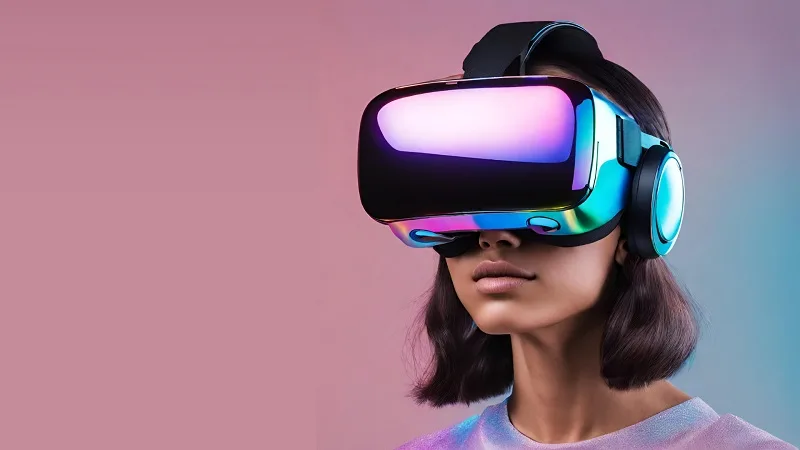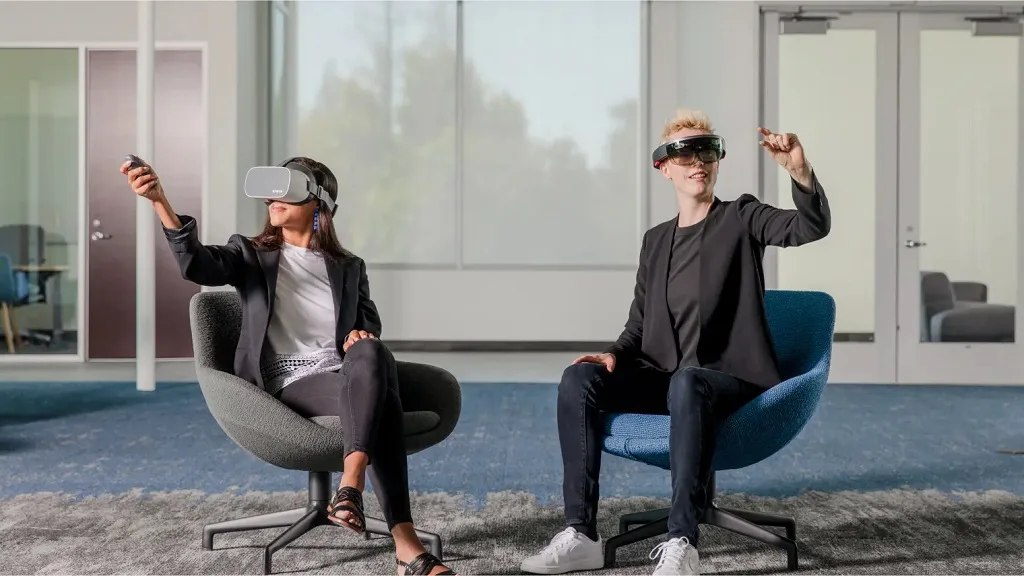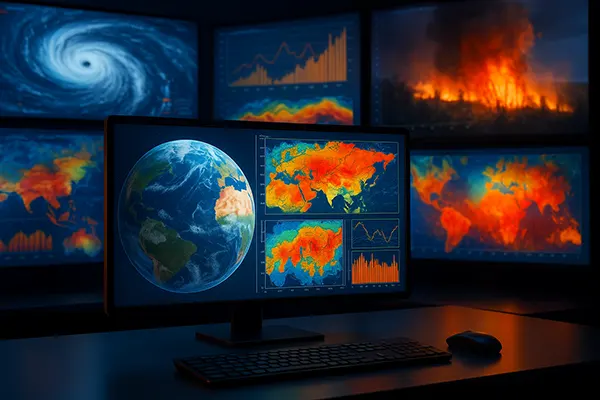Understanding VR Technology

Virtual Reality (VR) technology has been a fascinating subject in the tech industry for decades. But what exactly is VR, and when did it first emerge? VR is a simulated experience that can be similar to or completely different from the real world. The concept dates back to the 1960s when early VR devices like the Sensorama provided multisensory experiences. However, the term “virtual reality” was coined much later, in 1987, by Jaron Lanier, the founder of VPL Research. Today, VR technology is defined by its ability to immerse users in digital environments through head-mounted displays (HMDs) and motion tracking sensors.
How VR Technology is Structured and How It Works
How does VR technology function, and what are its core components? A typical VR system consists of a headset that displays stereoscopic 3D visuals, sensors to track user movements, and input devices such as handheld controllers. These elements work together to create a sense of presence, making the user feel as if they are inside the virtual environment. The headset uses lenses to reshape and focus the image for each eye, creating a stereoscopic effect that provides depth perception. Advanced VR systems also include audio output for 3D soundscapes, further enhancing the immersive experience.
Where is VR Technology Currently Used?
Currently, VR technology is utilized in various sectors beyond gaming. In the medical field, VR is used for surgical training, allowing surgeons to practice procedures in a risk-free environment. The education sector uses VR to create interactive learning experiences, making subjects like history and science more engaging. Additionally, VR is increasingly being adopted in real estate, where potential buyers can take virtual tours of properties without leaving their homes.

What is VR Technology Capable of?
What can VR technology achieve? In principle, VR has the potential to revolutionize how we interact with digital content. From immersive gaming experiences to virtual social interactions, the possibilities are vast. VR can create virtual spaces for meetings, offering a more engaging alternative to traditional video conferencing. In entertainment, VR allows users to experience movies and concerts from a first-person perspective, providing a level of immersion that traditional media cannot match.
Further Development of VR Technology
The future of VR technology looks promising, with ongoing advancements in hardware and software. Companies are investing in lighter, more comfortable headsets with higher resolution displays. Additionally, the development of haptic feedback technology aims to add a tactile dimension to VR experiences, allowing users to “feel” virtual objects. The integration of AI and machine learning is expected to create more responsive and adaptive virtual environments, further enhancing the realism of VR experiences. As VR technology continues to evolve, it is likely to become a significant part of everyday life, transforming various industries and how we interact with digital content.


